Last updated on April 18th, 2022
Our site is reader supported, this means we may earn a small commission from Amazon and other affiliates when you buy through links on our site.
Magnolias are stunning trees well known for their richly fragrant flowers, large leathery leaves, and the otherwise glossy, evergreen foliage that makes them coveted among gardeners. You can find deciduous, semi-deciduous and evergreen varieties, all with varying sizes and overall shapes that are easily controlled with basic pruning. However, things can go awry and you may start noticing that something is eating the leaves off your tree.
What eats the leaves on Magnolia trees? There is a multitude of insects that could be causing this problem, and we recommend starting small and working your way up until you’ve found the pest that is feasting on the leaves of your Magnolia.
Scale Insects
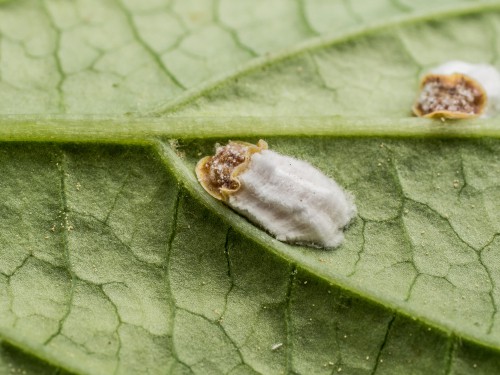
Scale insects are a very common pest problem for almost all plants in a garden, including Magnolias. You’ll notice them because of the telltale signs, not only of the insects themselves but also because of what they leave behind, like sticky matter on the leaves, discolouration on the leaves, and in many cases webs. If you notice these issues you can easily apply things like pesticides to contain them or just give your tree an intense rinse.
These are the first pests you should look out for because you’ll easily be able to spot the culprits and if you spot them, you can rule out all other issues and treat the scale insects.
- Kills all major insect pests, including whitefly, greenfly, black fly, red spider mite, caterpillars and lily beetle, scale insects and mealy bugs For use on flowers, fruit and vegetables 1 ltr
- For use on flowers, fruit and vegetables
- 1 Litre
- The Bug Clear Ultra Gun is suitable for both indoors and outdoors use including conservatories.
Vine Weevils
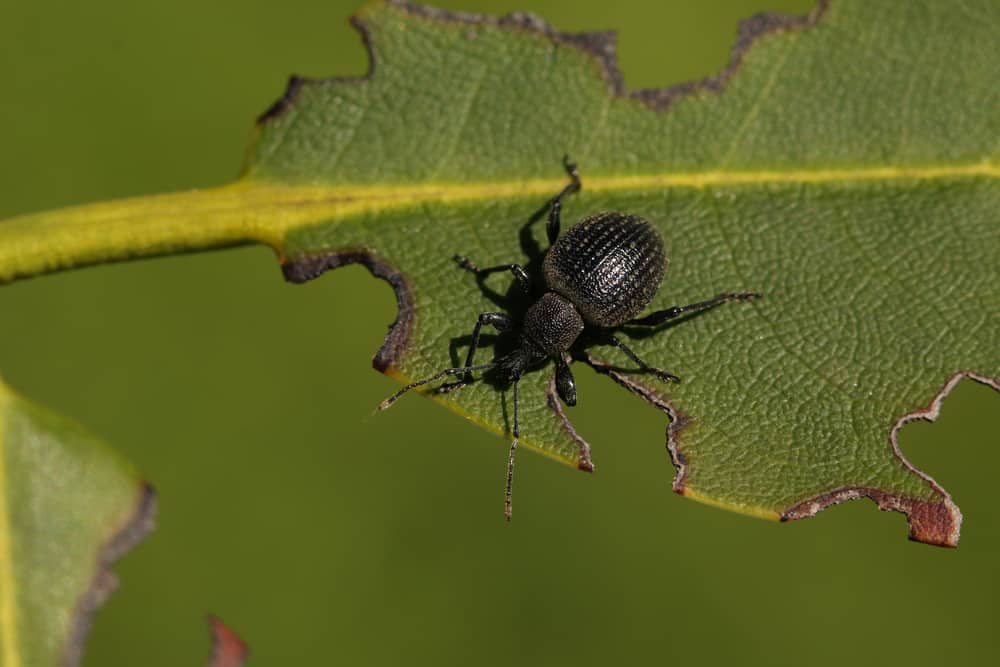
Vine Weevils are another serious problem. If you see the signs that something has been eating the leaves off of your Magnolia but you couldn’t find any scale insects it might be vine weevils. Adult weevils actually hide in the soil around your plants and at night climb up the trunk and branches to feed. If you find yourself awake in the middle of the night you can always take an LED Torch outside and look for the culprits, catching them in the act.
If you find them or you simply suspect them but don’t want to wait around outside your house with a flashlight and disturbing your neighbours, you can use a sticky trap and placed at the base of your tree, or you can simply cover the soil with a polyspun weed barrier to prevent them from being able to access the tree itself. The sticky traps will catch them if they are the problem and you can replace them with new traps as soon as the existing ones are full.
- Bugclear Ultra Vine Weevil Killer Concentrate Insecticide 480Ml
- Brand : BugClear
- Product type: PESTICIDE
Magnolia Borer
If you have a newly planted Magnolia tree, one that is relatively young, the Magnolia borer might be your problem. At the larvae stage, this beetle will lay its eggs in the trunk of the Magnolia and when they hatch they literally bore their way into your tree and continue feeding down the trunk until they make it to the roots. You will notice the signs of this pest if a particular area of your tree looks spongy and sunken. If you don’t treat them immediately they will kill a young Magnolia.
Hoplia Beetle
Very similarly, this type of beetle will eat the flowers of your Magnolia. You’ll see round holes cut into the petals. However, they won’t eat the leaves so if you’re noticing the signs of creatures eating the leaves specifically and not the flowers, it might be something else. If you noticed that both are being consumed, you could have multiple pests on your hands.
Mealybugs
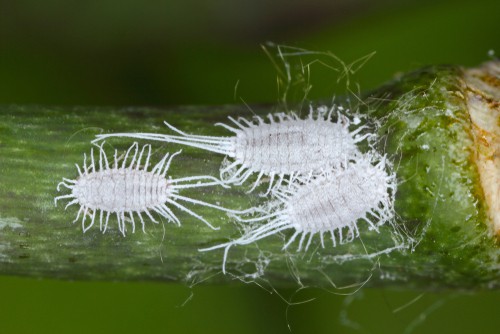
These are tiny insects grey or white in colour with segmented bodies and they leave behind a waxy substance. Very similarly to aphids they will suck the fluid out of the tissues in the leaves and leaving behind a waxy substance that eventually leads to problems like fungus. If you have a particularly heavy infestation you might notice it’s being eaten and think that the stems are just dying. This is something you want to treat immediately with a pesticide.
No products found.
Thrips
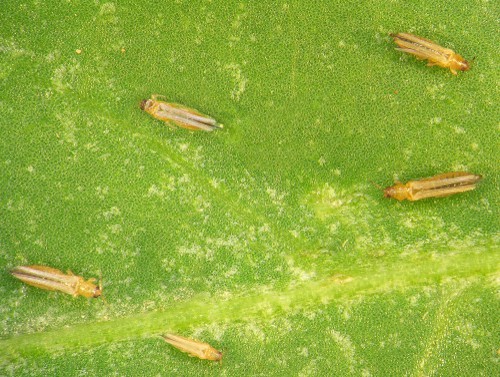
These are very small, moth-like insects that have feathery wings and they eat the young flower buds and the flowers, which usually causes the subsequent flower buds to fail. If you don’t get any flowers one year where you normally would this could be the culprit.
- Active ingredient content 0.045 g/L pyrethrins and 8.25 g/L rapeseed oil
- Ready to use spray to control mature insects, their larvae and their eggs
- Effective against sucking and biting insects such as aphids, thrips, spider mites, whitefly, mealy bugs, scale insects, caterpillars, beetles and sheet wasp larvae
- Suitable for a wide variety of ornamental plants, kohlrabi, apple and pear in home gardens and on allotments
It is in your best interest to regularly examine your tree just to make sure there aren’t any telltale signs of the leaves being eaten. Also, consider where you live and where your Magnolia trees are positioned. For example, if you live on a large property with ample wildlife and your trees are not protected with any type of fencing, assuming you don’t prune your Magnolia, drooping branches and leaves can easily be eaten by wild animals, including things like deer and rabbits.
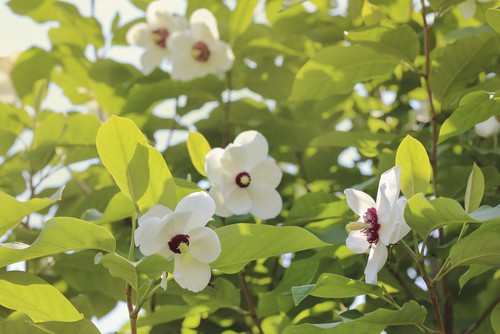
With this in mind, check on your plant regularly, making sure you provide them with optimum growing conditions and giving treatment for pests as soon as you see the signs to prevent things from getting worse. As is the case with all plant-based problems, the sooner you treat it, the better off your plant will be.
Last update on 2025-12-19 / Affiliate links / Images from Amazon Product Advertising API




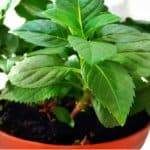

1 Comment
Thanks for identifying the scale insects which has found a home on my patio Magnolia.
Having read the article, I know now how to deal with them.